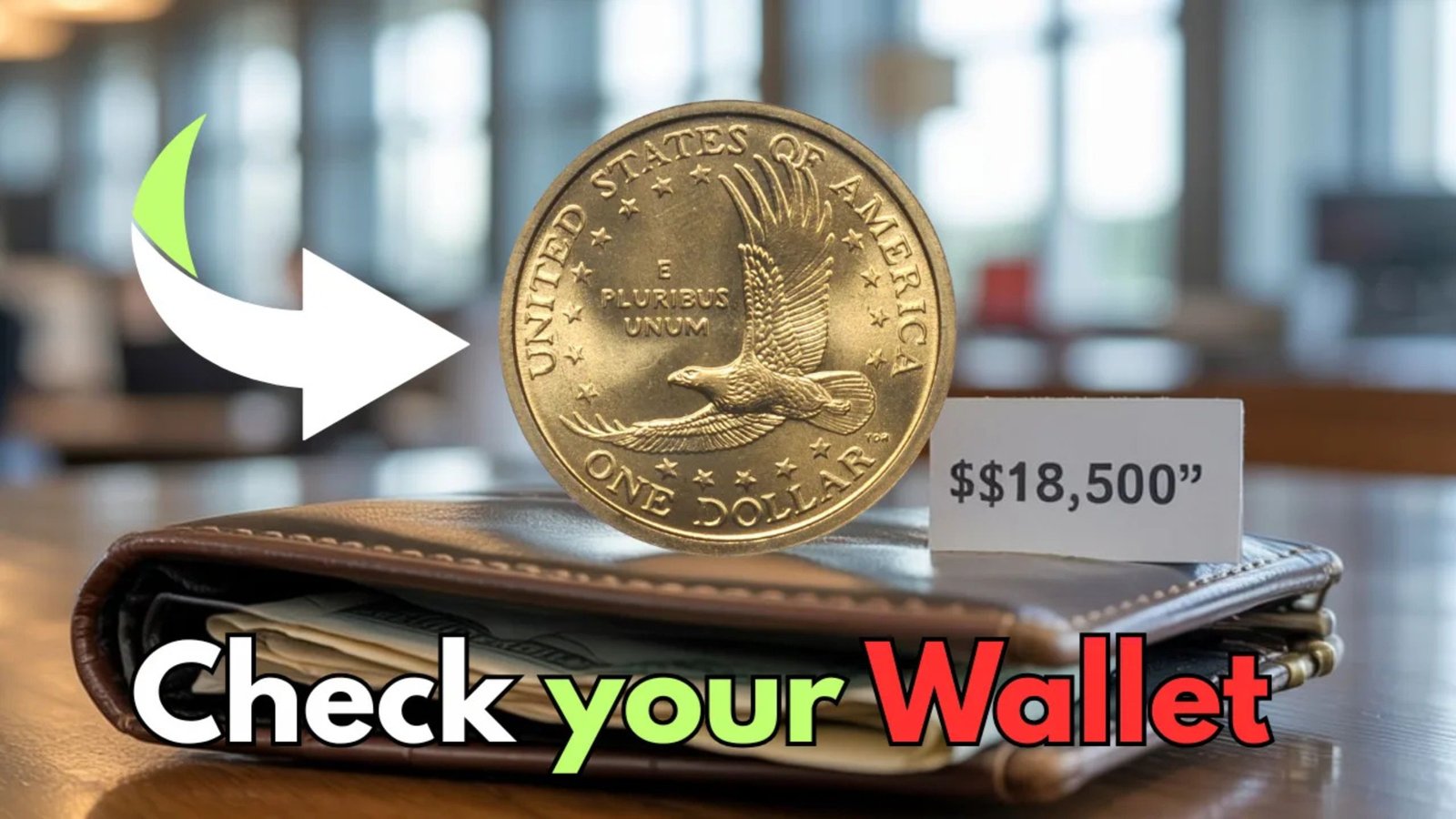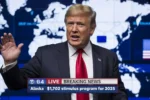Rare Sacagawea Dollar : The Sacagawea Dollar, also known as the “golden dollar,” is a coin most people think of as ordinary pocket change. However, a specific variety of this coin has shocked collectors by reaching a staggering value of $2.1 million. This rare version carries unique features that set it apart from the rest, and learning how to spot it could turn a simple coin into a life-changing discovery.
Sacagawea Dollar With Cheerios Reverse Found in Change — Now Valued at $2.5 Million
The History of the Sacagawea Dollar
This heading refers to why the Sacagawea Dollar was created and what it represents. The coin was first minted in 2000 to replace the unpopular Susan B. Anthony Dollar. It honors Sacagawea, the Shoshone woman who guided the Lewis and Clark expedition, and symbolizes the contributions of Native Americans to U.S. history. Made with a golden-colored alloy, it was striking in appearance, but the real treasure lies in rare varieties hidden among the millions produced.
The Lincoln Wheat Penny Valued at $960K, Still in Circulation
The Key Feature of the Rare $2.1 Million Coin
This section explains what makes the rare version different. The $2.1 million Sacagawea Dollar is known for its unique reverse design. On the back, the eagle’s tail feathers have more intricate detailing than those on standard coins. This feature came from an early test design before the Mint simplified the artwork for mass production. Only a tiny number of these original versions were released, which is why they are so rare and valuable today.
Why Condition Matters in Spotting Value
This heading highlights how the coin’s state affects its price. Collectors and grading experts place huge importance on a coin’s condition. A rare Sacagawea Dollar with scratches or wear might still be valuable, but one in perfect, uncirculated condition can fetch far more — up to the $2.1 million mark. That’s why professional grading services are often used to confirm a coin’s grade and authenticity before it is sold or auctioned.
How Rare Coins End Up in Circulation
This section explains how such valuable coins can still appear in everyday life. Even though most of the rare Sacagawea Dollars were likely collected early on, some slipped into circulation. They may have been unknowingly spent, passed down through families, or mixed into jars of coins. This means there is still a small chance that someone could find a fortune in their loose change, keeping alive the excitement for treasure hunters and collectors alike.
How to Spot the Rare 1976 Bicentennial Quarter Worth Up to $4 Million
Why Collectors Prize the Rare Sacagawea Dollar
This heading describes why the coin is so desirable. Collectors value the Sacagawea Dollar not just for its rarity but also for its story. Its cultural importance, honoring Sacagawea and Native American heritage, combined with its scarcity and extraordinary market value, make it a dream find. Owning one is considered both a historical privilege and a financial windfall, which explains why this coin has captured the imagination of numismatists worldwide.
Frequently Asked Questions (FAQs)
Q1: How can I tell if I have the rare $2.1 million Sacagawea Dollar?
Look at the reverse side of the coin. If the eagle’s tail feathers show extra detailing compared to a normal Sacagawea Dollar, it may be the rare version. To be certain, it should be examined by a professional coin grading service.
Q2: Are all Sacagawea Dollars valuable?
No. Most Sacagawea Dollars are only worth face value. Only rare varieties, such as the “Cheerios Dollar” or coins with unusual minting features, can be worth thousands or even millions.
Q3: How many of the rare $2.1 million Sacagawea Dollars exist?
Experts believe only a small handful exist, likely fewer than a few dozen, which is why the coin’s value is so high.
Q4: Could I really find one in my change?
It is very unlikely, but not impossible. Some rare Sacagawea Dollars may still be in circulation, and discoveries have happened before.
Q5: Should I clean my Sacagawea Dollar if I think it’s valuable?
No. Cleaning a coin can damage it and reduce its value. Always keep it in its original condition and seek professional advice if you suspect it might be rare.




